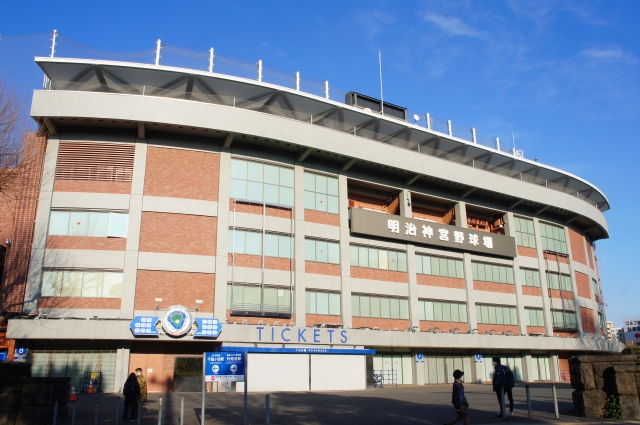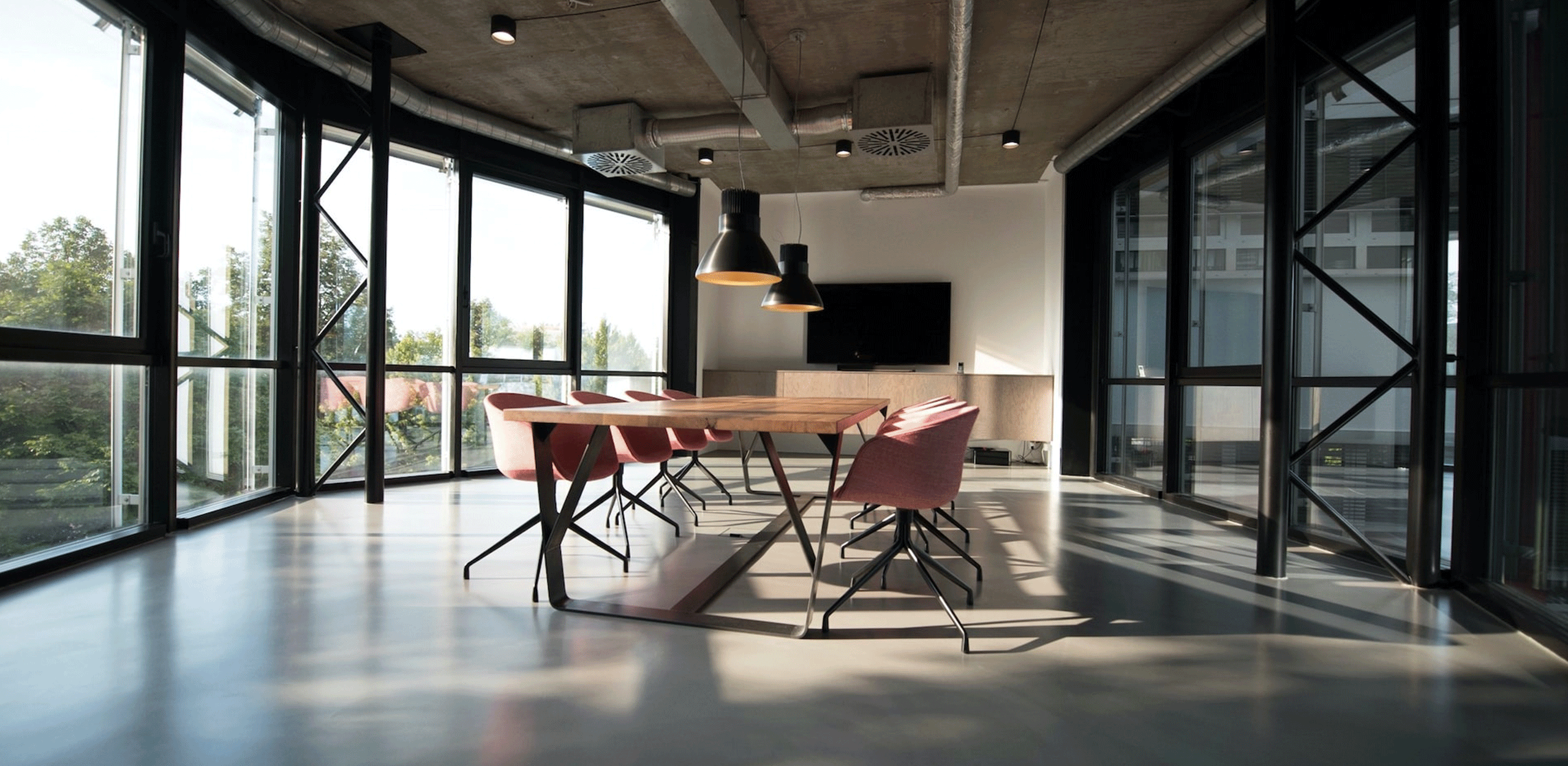Few Tokyo evenings capture the city’s energy, history, and sheer fun like a night under the lights at Meiji Jingu Stadium, home of the Tokyo Yakult Swallows. Built in 1926 and once graced by Babe Ruth and Lou Gehrig, this open-air ballpark blends nostalgic charm with modern hospitality and is an effortless addition to a luxury Tokyo itinerary. Whether you are a seasoned sports traveler or simply curious about Japan’s famed baseball culture, this comprehensive guide covers everything—tickets, seating, etiquette, premium upgrades, and insider tips—so you can book with confidence and savor every inning.
- Why Choose the Swallows for Your First Japanese Baseball Experience?
- Quick-Reference Cheat Sheet
- Getting Tickets: Step-by-Step
- Choosing Your Perfect View
- Game-Day Logistics
- Stadium Dining & Beverage Highlights
- Fan Traditions & Etiquette
- Luxury-Friendly Tips for a Seamless Night
- If Tickets Are Sold Out
- Accessibility & Family Notes
- The Countdown to Redevelopment
- Frequently Asked Questions
- Conclusion
Why Choose the Swallows for Your First Japanese Baseball Experience?
Central, Historic, Unique. The Swallows’ ballpark sits in the leafy Jingu Gaien district, minutes by taxi or subway from Aoyama’s boutiques and the Imperial Palace. Its intimate 37,933-seat bowl means you are never far from the action, and the famous Tokyo Ondo “umbrella dance,” performed en masse by home fans, is unlike anything in Major League Baseball.
The club also offers one of Japan’s most accessible English-language ticket portals and an unusually welcoming attitude toward international visitors, making it the easiest gateway to Nippon Professional Baseball (NPB) for travelers on tight schedules.
Quick-Reference Cheat Sheet
- Stadium: Meiji Jingu Stadium (Shinjuku Ward)
- Capacity: 37,933 seats
- Home Team: Tokyo Yakult Swallows (Central League)
- Season: Late March – Early October (post-season into November)
- Nearest Stations: Gaienmae (Tokyo Metro Ginza Line), Sendagaya & Shinanomachi (JR Chūō-Sōbu Line), Kokuritsu-Kyōgijō (Toei Oedo Line)
- English Ticket Site: “Swallows Ticket” (Apple Pay & Google Pay only)
- Iconic Tradition: Swallows fans twirl miniature umbrellas during the seventh-inning Tokyo Ondo song .
- Redevelopment Clock: The century-old park is scheduled for replacement within the next decade, so catch it while you can.
Getting Tickets: Step-by-Step
1 — Understand Dynamic Pricing
The Swallows use a four-tier system—Super Value, Value, Standard, and Premier—that adjusts to the opponent, day of week, and demand. For marquee rivalry games against the Yomiuri Giants or Hanshin Tigers, expect every seat to be priced “Premier” and to sell out the instant the sales window opens.
2 — Use the Official English Portal
The easiest route is the Swallows English Ticket site. Sales open roughly six weeks before each homestand (exact on-sale dates are published in advance). The interface offers an English seat map and processes payments via Apple Pay or Google Pay. After purchase, your e-ticket arrives by email; simply scan the QR code at the gate.
3 — Alternative Channels
- Quick PIA (English): A partner platform that sometimes releases inventory the main site does not show, handy for last-minute shoppers.
- JapanBall Tickets: A concierge service popular with group travelers; expect a modest handling fee for secure delivery to your hotel or home.
- Stadium Box Office: Located beside Gate 9, open from 11:00 AM on game days, selling any unsold or newly released seats.
- Resale Apps: TicketCamp, Rakuten Ticket, and Viagogo list second-hand options, but beware of inflated prices and Japanese-only customer service.
4 — Seat Types & Luxury Upgrades
| Category | What You Get | Best For |
|---|---|---|
| Premium SS Infield | Padded seats behind home plate; in-seat beer service. | VIP clients & photographers |
| Legends Seats | Front-row dugout glider chairs; branded cushion, commemorative pass. | Bucket-list seekers |
| Excite Seats | Field-level in foul territory (netting in front); closest to players. | Action lovers |
| Outfield Reserved B (Section 16) | Hardcore fan zone—bring your umbrella and chant. | Cultural immersion |
Since 2020 every single seat is reserved, and the once-free outfield has disappeared—be sure to select the exact block you want.
Choosing Your Perfect View
First-base line (Sections 1–8) provides panoramic sightlines of the Tokyo skyline beyond left field and puts you behind the Swallows dugout. Third-base line offers shade sooner on summer afternoons and lets you eyeball visiting-team stars as they take the field.
Families may prefer Panorama Roof seats: elevated, breezy, and near restrooms, though a small overhang can block parts of the scoreboard. Those nervous about nets can rest easy—foul-ball protection was upgraded in 2023 and now runs from foul pole to foul pole.
Game-Day Logistics
Arriving in Style
- Private Car: Most five-star hotels will pre-arrange a sedan drop-off beside Gate 1. Expect post-game traffic; arrange pick-up 30–45 minutes after the final out.
- Taxi: From Ginza or Roppongi expect a 15-minute, ¥1,500–2,300 ride, metered.
- Subway: Gaienmae Station (Ginza Line) Exit 3 delivers you to the outer plaza in three minutes on foot.
Security & Entry
Bags are screened at each gate; plastic bottles are fine, but cans and glass are prohibited. Outside food is allowed—savvy locals pick up bento boxes at Meiji Jingu Mae’s gourmet supermarkets.
Timeline
- Gates open 90 minutes before first pitch (two hours on weekends and promotional nights).
- Teams take batting practice; this is your chance for autographs along the rail.
- Thirty minutes pre-game, the Swallows mascot, Tsubakuro, stages photo ops near Section 2—no reservation required.
- During the fifth inning break, vendors cut snack prices by 10–20%, perfect for late-arriving guests.
Stadium Dining & Beverage Highlights
While Jingu Stadium still sells classic yakisoba and karaage for ¥600, recent upgrades added an artisanal Tokyo Craft Beer Stand behind Section 11, featuring COEDO and Hitachino Nest on tap. Vegan onigiri by On the Rice debuted in 2024 and often sells out before first pitch.
In-seat beer service is a beloved Japanese tradition—the “beer girls” lug 10-liter backpacks and will happily pour Sapporo, premium Yebisu, or highball cocktails for ¥900–¥1,200. Luxury sections also offer chilled Chardonnays from Yakult’s own Australian winery, “Yakult Hill.”
Fan Traditions & Etiquette
The Umbrella Dance
On every Swallows run (and during the seventh-inning stretch) the crowd raises miniature umbrellas, pumping them to the rhythm of Tokyo Ondo. Bring or buy one outside Gate 2 (¥1,300) to join in; the motion is intuitive and smiling neighbors will coach you if needed.
Cheer Songs
Each batter has a personalized chant; lyrics scroll on the video board, so feel free to join even if your Japanese is rusty. Visitors wearing opposition jerseys should avoid the home outfield, as security may politely relocate you to maintain cheer sections’ harmony.
Polite Noise
Drums, trumpets, and coordinated flag waves are standard in Japan. Cheer squads, not the stadium PA, orchestrate the energy, so embrace the organized chaos—just refrain from heckling.
Luxury-Friendly Tips for a Seamless Night
- Book Premium Early: Premier-tier games post tickets at 11:00 AM JST and can sell out in seconds—set a calendar alert.
- Hire a Bilingual Guide: Specialist agencies can arrange seat selection, pre-game stadium tours, and even secure post-game meet-and-greets with retired Swallows legends.
- Dress Smart-Casual: Tokyoites attend straight from the office; a linen blazer over a Swallows jersey will not look out of place.
- Combine Fine Dining: Reserve a 10:30 PM omakase at Sushi Saito (Roppongi) or a late izakaya crawl in nearby Kagurazaka once the final whistle blows around 9:00–9:45 PM.
- Weather Backup: Because Jingu is open-air, spring showers and summer typhoons can postpone games. Holders may exchange or refund through the original sales channel—keep your order number handy.
If Tickets Are Sold Out
Game-day Releases: The Swallows occasionally free up sponsor holds two hours pre-game—queue early at Gate 9. Otherwise, secondary resellers in Shinanomachi Shotengai advertise paper tickets starting one hour before first pitch. Bring cash and budget 40–70% above face value.
Accessibility & Family Notes
- Wheelchair platforms are located behind the infield promenade; email welfare@yakult-swallows.co.jp (English supported) at least one week ahead.
- Strollers are allowed but must fold on concourse ramps. Toddler noise-canceling headphones are wise—trumpet sections are loud!
- Baby changing tables sit behind Sections 10 and 19.
The Countdown to Redevelopment
Tokyo’s metropolitan government approved a sweeping Jingu Gaien redevelopment that will eventually raze and rebuild both the ballpark and adjacent Chichibunomiya Rugby Stadium. Tree clearing began in 2024, and the project could span a decade, so the venerable 1926 field you see today is living on borrowed time. Catch a game before the nostalgic wooden bleachers and ivy-covered walls disappear. :contentReference[oaicite:16]{index=16}
Frequently Asked Questions
How long does a Swallows game last?
Average game time is 3 hours; NPB enforces a 12-inning limit in regular-season ties.
Can I leave and re-enter?
No. Once scanned out, your ticket is invalid for re-entry—plan restroom and snack runs accordingly.
Is tipping expected?
Tipping is not customary in Japan, including for beer vendors and ushers.
What if it rains?
Light rain rarely stops play; heavy rain yields a postponement before gate opening or after a midnight cut-off. Refunds process automatically through the ticketing platform.
Are umbrellas allowed for weather?
Full-size umbrellas are permitted but cannot obstruct views—mini cheering umbrellas double as rain gear.
Conclusion
From the first trumpet blast to the final umbrella twirl, a Tokyo Yakult Swallows game is equal parts sporting event, street festival, and living museum. Its walkable location, English-friendly ticketing, and uniquely Japanese fan customs make it the single best entry point to baseball in Japan—especially for discerning travelers who value authenticity with a touch of hospitality. Secure those premium seats, practice your Tokyo Ondo rhythm, and prepare for an unforgettable night in one of the world’s great baseball cathedrals.


